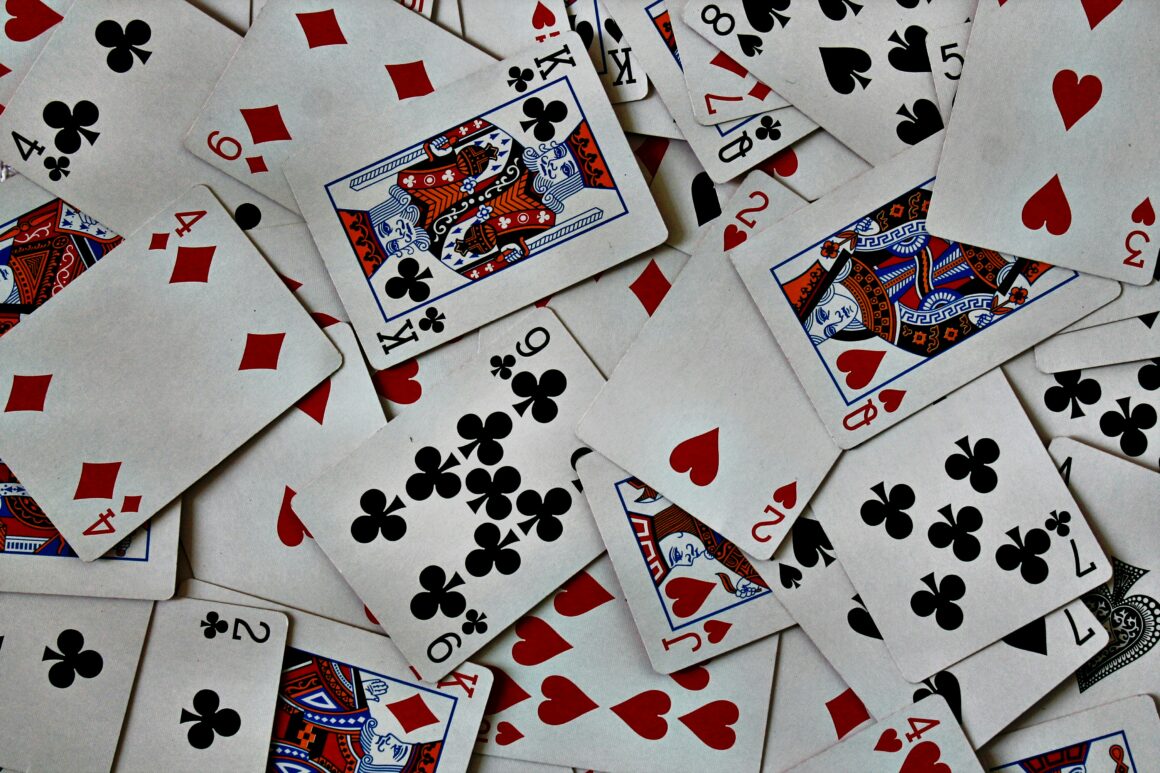Racial-sexual profiling of any minority extends beyond an appreciation for olive skin or delicate hair: it is inextricably linked to centuries-old ignorance and nourished from the rich soil of prejudice and entitlement. Within these colonial scripts, we can find many of the origin stories of contemporary racial exoticisation and become aware of the power relations they reproduce. ‘Love,’ while represented as an apolitical, transcendent realm into which one unwittingly falls, is deeply politicized. In our day and age desire itself begs to be decolonised, for it is the remnants of white sexual imperialism that fogs the glasses through which women of colour are fetishised until their very personhood is reduced to corporeality.
The Dusky Maiden and the Noble Savage stereotypes act as some of the primary exoticizations of Pacific or aboriginal women respectively. To understand the institutionally racist hyper-sexualisation that these seemingly innocent terms induce, we need to look at the colonial legacy of how women of colour were exoticised, and how the eroticisation of people of colour exists both as an expression of colonial power and a privately marketised product. Representations of Sarah Baartman ‘the Hottentot Venus’ that focused on invading and dehumanising the bodies of African women under colonial dominance have largely – and thankfully – been discredited.
However, French post-Impressionist artist Paul Gauguin capitalised on exploiting Native Tahitian women through his life and art, which remain revered by the masses. His paintings explicitly portrayed these aboriginal women as paragons of objectification, fetishising their perceived ‘innocence’ through a lustful gaze that served to eroticise their freedom as an object to be controlled by none other than the colonial man.
Gauguin searched for remote areas on Tahiti that exalted a primitive and ‘unspoiled’ lifestyle, and ultimately never found the exotic fantasy he had created in his mind. In a fit of colonial and patriarchal inspiration, he settled for bringing his dream to life on a canvas. The hyper-sexualised mysticism he attempted to represent were of ancient Tahitian traditions reduced to tropical cliches that were irrevocably aimed at the French market, framing himself as a figure of heroism in Euro-American art.

Gauguin’s paintings were radically decorative and vibrant, but even the aesthetically pleasing nature of his work falls short at concealing his racial-sexual fantasy forged from a culturally and self-imposed position of power. The nude Tahitian women displayed were reduced to pornography of living yet impotent bodies locked in place to serve colonial authority through its portrayal of a domineering relationship for the voyeuristic pleasure of an exclusively colonial audience.
Essentially reducing these women of colour into docile bodies for the sole purpose of colonial male entertainment was the driving cornerstone of such art. Through this pathological eroticism, a narrative of women of colour who are perceived as blissfully unaware of the trivialities of modern life and therefore more naive and willing to bend to the wishes of civilised colonial men is born. Fundamentally, it breaks down the female body, and such fetishisations are a testament to a colonial attempt at conquering the foreign female body.
Similarly, Asian women have been reduced to flesh for fantasy.
Colloquially termed ‘yellow fever’, the commodification of Northeast and Southeast Asian women were born out of the male desire for dominance over the surrendered, submissive, and conforming character that Asian women were promised to possess. Decades-old history was reinforced in the 1970s during the peak in the American feminist movement, where many white men sought out mail-order bride companies in the search for the perfect sexually subservient and docile partner. Any guilt festering from their deplorable actions would be swiftly crushed by the saviour narrative such privileged white men spun for themselves – Asian women needed to be whisked away from their impoverished homeland and craved subjugation. While white women during this era were portrayed as resisting systematic oppression and powerlessness at their height of sexual liberation, Asian women were perceived to represent the antithesis to the strong-willed white women who did not know their place.
This polarised appropriation of female sexuality having the extremes of ‘good’ (virginal) or ‘bad’ (promiscuous) allows not only for the colonial male to fill in the ellipses of Asian women’s narrative but also pits them against white women and demonises their individualised fight for human rights. Following this abhorrent notion, yellow fever is still being weaponised by white nationalists today, who revere the stereotype of subservient Asian women as a utopian, anti-feminist counterpart.
The Dusky Maiden and the Noble Savage are frankly Victorian fetishistic stereotypes created in part by colonial desire and its concomitant guilt. Asian fetishes place an insurmountable burden on Asian women due to the systematic racial depersonalisation they face. Today, the legacies of these colonial scripts have adapted magnificently to contemporary culture – and television, films, and music videos allow for their wider dissemination across the globe. Even when cloaked in the premise of affection, the language with which we speak about desire is entrenched in racialised instrumentalisation.
The perceived beauty of colonial art depicting eroticised versions of women of colour is simply due to transmuting the ‘savagery’ women of colour possess pre-colonisation into a subservient form that yields to the male colonial gaze.
Photo: Billie via Unsplash




